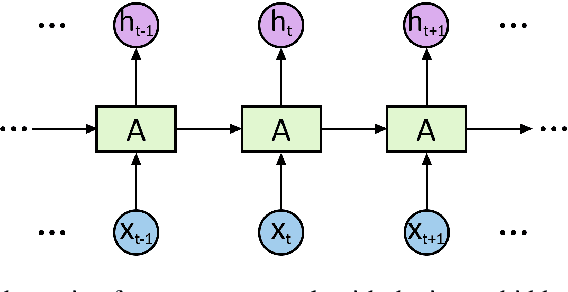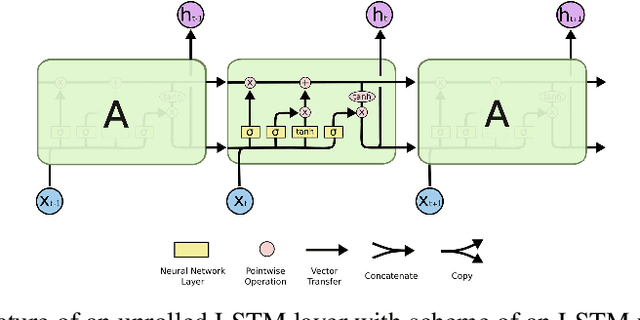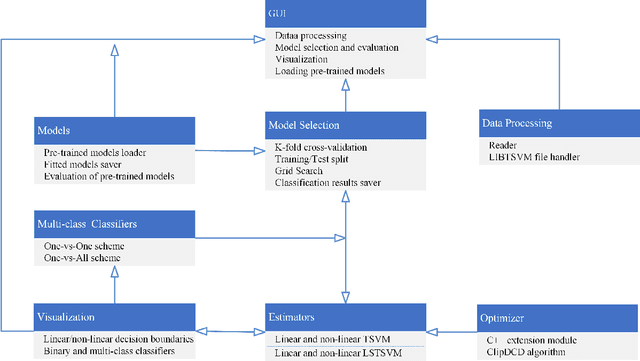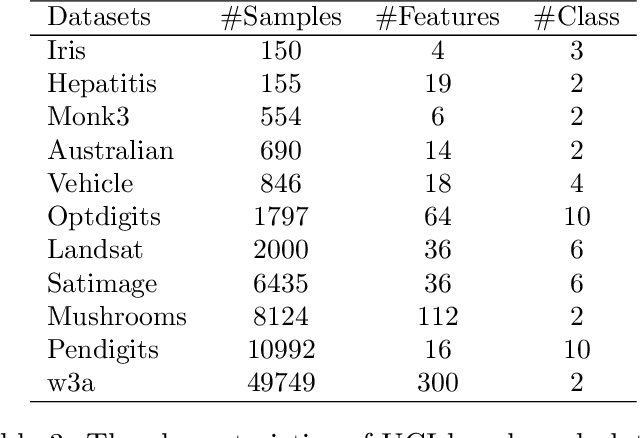Mahdi Rahbar
Forecasting of COVID-19 Cases, Using an Evolutionary Neural Architecture Search Approach
Sep 15, 2021



Abstract:In late 2019, COVID-19, a severe respiratory disease, emerged, and since then, the world has been facing a deadly pandemic caused by it. This ongoing pandemic has had a significant effect on different aspects of societies. The uncertainty around the number of daily cases made it difficult for decision-makers to control the outbreak. Deep Learning models have proved that they can come in handy in many real-world problems such as healthcare ones. However, they require a lot of data to learn the features properly and output an acceptable solution. Since COVID-19 has been a lately emerged disease, there was not much data available, especially in the first stage of the pandemic, and this shortage of data makes it challenging to design an optimized model. To overcome these problems, we first introduce a new dataset with augmented features and then forecast COVID-19 cases with a new approach, using an evolutionary neural architecture search with Binary Bat Algorithm (BBA) to generate an optimized deep recurrent network. Finally, to show our approach's effectiveness, we conducted a comparative study on Iran's COVID-19 daily cases. The results prove our approach's capability to generate an accurate deep architecture to forecast the pandemic cases, even in the early stages with limited data.
LIBTwinSVM: A Library for Twin Support Vector Machines
Jan 27, 2020



Abstract:This paper presents LIBTwinSVM, a free, efficient, and open source library for Twin Support Vector Machines (TSVMs). Our library provides a set of useful functionalities such as fast TSVMs estimators, model selection, visualization, a graphical user interface (GUI) application, and a Python application programming interface (API). The benchmarks results indicate the effectiveness of the LIBTwinSVM library for large-scale classification problems. The source code of LIBTwinSVM library, installation guide, documentation, and usage examples are available at https://github.com/mir-am/LIBTwinSVM.
 Add to Chrome
Add to Chrome Add to Firefox
Add to Firefox Add to Edge
Add to Edge